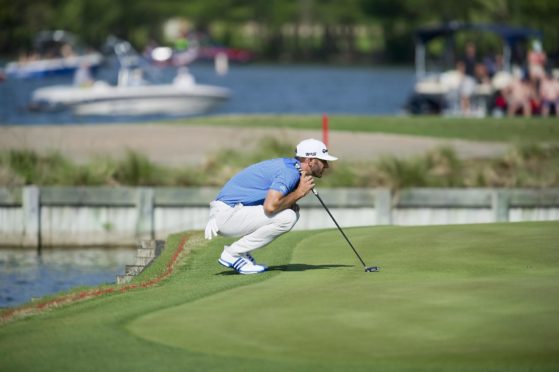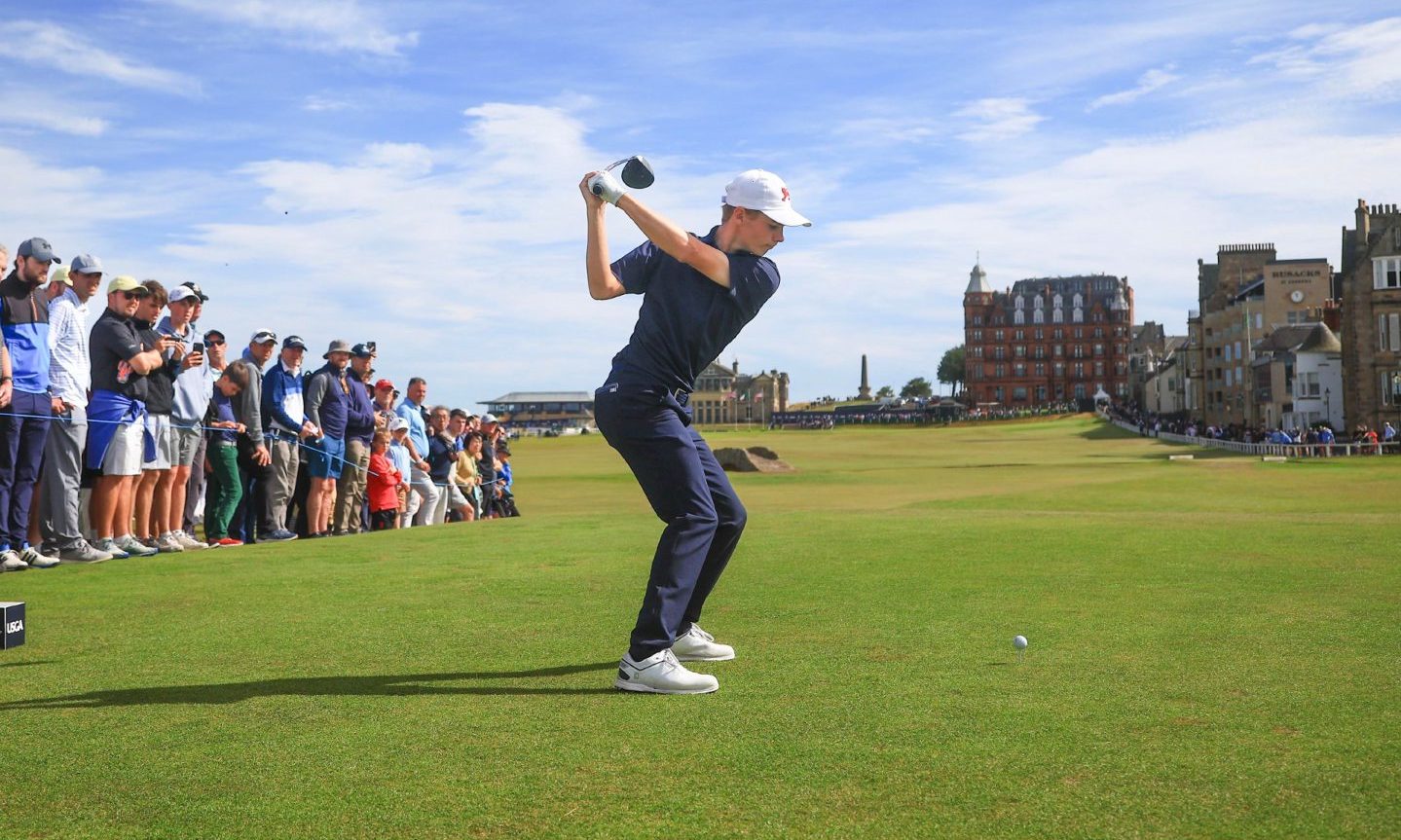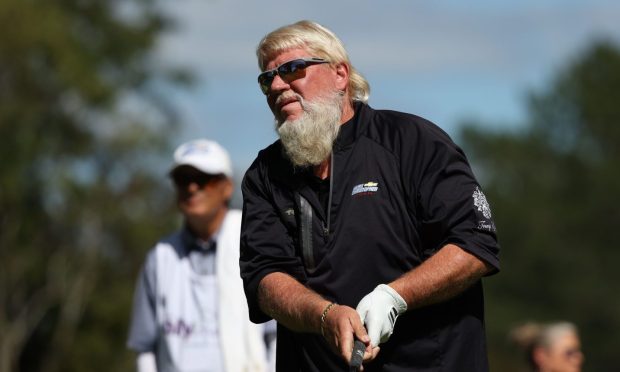Keeping in with the general rule of thumb that anything entertaining in golf will be stopped if it clashes with elite players’ convenience, it’s the WGC Dell Matchplay this week.
All other sports appreciate and embrace the concept of sudden-death. There are league events running for months in most.
But every one of them either finishes with a play-off or has a knock-out cup competition for a grand finale or a welcome and interesting change of pace.
In golf, we have the grind of week-to-week 72-hole tournaments for 50 weeks of the year. That should sate anyone’s desire for that slow-burn excitement. When we get to the sudden-death knockout events like the Matchplay, however, this sport can’t leave well alone.
There should really be nothing wrong with the idea that, for one week a year, one of the top 64 players in the world can get blown out and exit the event after playing just 14 or 15 holes. Yes, even if they lose shooting three or four-under.
But this is far too inconvenient and “unfair” for the entitled and spoiled elite player. God forbid that they be exposed to the vagaries of luck – even if that’s a central part of the game’s ethos.
Round robin is for the birds
So the Matchplay in the modern era sees three days of completely dull “round robin” play to ensure that the players all get at least three games in before they’re sent packing.
This eviscerates the entire point of proper matchplay, which is that it is golf played on the edge. You know, actually exciting. This format is matchplay with training wheels.
It’s just one week in the year. It’s not as if they’re not all rolling in lucre and can’t afford such a short and fruitless trip to Austin, the lively and liberal Texan capital that hosts the event.
A couple of nights – in normal times – sampling the legendary BBQ or checking out the “Dirty Sixth” might even be fun before heading to the Texas Open.
It’s had more big name winners than you think
The other inconvenient thing about the Matchplay is that – supposedly – the superstars don’t win. Well, it’s true that past Matchplay champions include Kevin Sutherland, Jeff Maggert and the last winner two years ago, Kevin Kisner.
But the five winners before Kisner were Jason Day, Rory McIlroy, Day again, Dustin Johnson and Bubba Watson. The first three were at or near World No 1 when they won, and Bubba is…well, he’s Bubba.
Tiger Woods won it three times, and lost in a final to Darren Clarke another time. The quality matchplay scrappers like Geoff Ogilvy (2006 and 2009) and Kisner (he was runner-up in 2018 as well) often come through. But so do the big names, more often than not.
Matchplay – well the sudden death format especially – rewards good players and good golf just as much as strokeplay. It’s just flying by the seat of your pants in comparison.
‘Give me that driver out the bag’
Some, like Scotland’s Robert MacIntyre who is making his debut this week, loves that element.
“I can go out here and have four horrific holes, but have seven great holes and win the match,” said MacIntyre. “That’s my style of golf, `give me that driver out the bag and it’s getting hit’.
“You’re not worried about hitting a bad shot because a double or a triple means you lose one hole. A triple probably takes you out of a strokeplay tournament but here I’ve got 17 other holes to make up for it.”
MacIntyre was a very fine matchplayer as an amateur. He’s worth a shekel or two this week, I feel.
Everybody hurts sometimes
Brooks Koepka is out of the Matchplay and likely the Masters as well after surgery to his right knee. It was his left knee that was gave him all the problems in 2020.
Both Koepka’s knee problem seem to have been the results of accidents – the left knee came when he slipped and fell playing in Korea in 2019, the right in an unspecified sprain while having some time off with family.
But Brooks has also had hip, neck and other injuries. He was the alpha male of the golf world just two years ago. Koepka now is invariably WD or DNP.
It makes one wonder again about the way the modern golfer is constructed. These people are athletes, we’re told. Koepka is among the most athletic of them all.
It seems to me that when golfers blithely passed the gym on their way to the buffet, they were a good deal more durable than now.
Jack Nicklaus missed ONE major to injury in his entire career. He had back issues, and so did many of his peers. But missing a tournament to injury was reasonably rare, and it never seemed anything was particularly career threatening.
Wear and tear from something as unnatural as the golf swing has always been inevitable. One imagines that the old era guys hit just as many balls growing up as modern players do.
This is not a scientific (or even well-researched) view, and a circumstantial one. But the intensity and scope of the modern fitness regimes seems a likely culprit for the spate of injury amongst today’s player.




